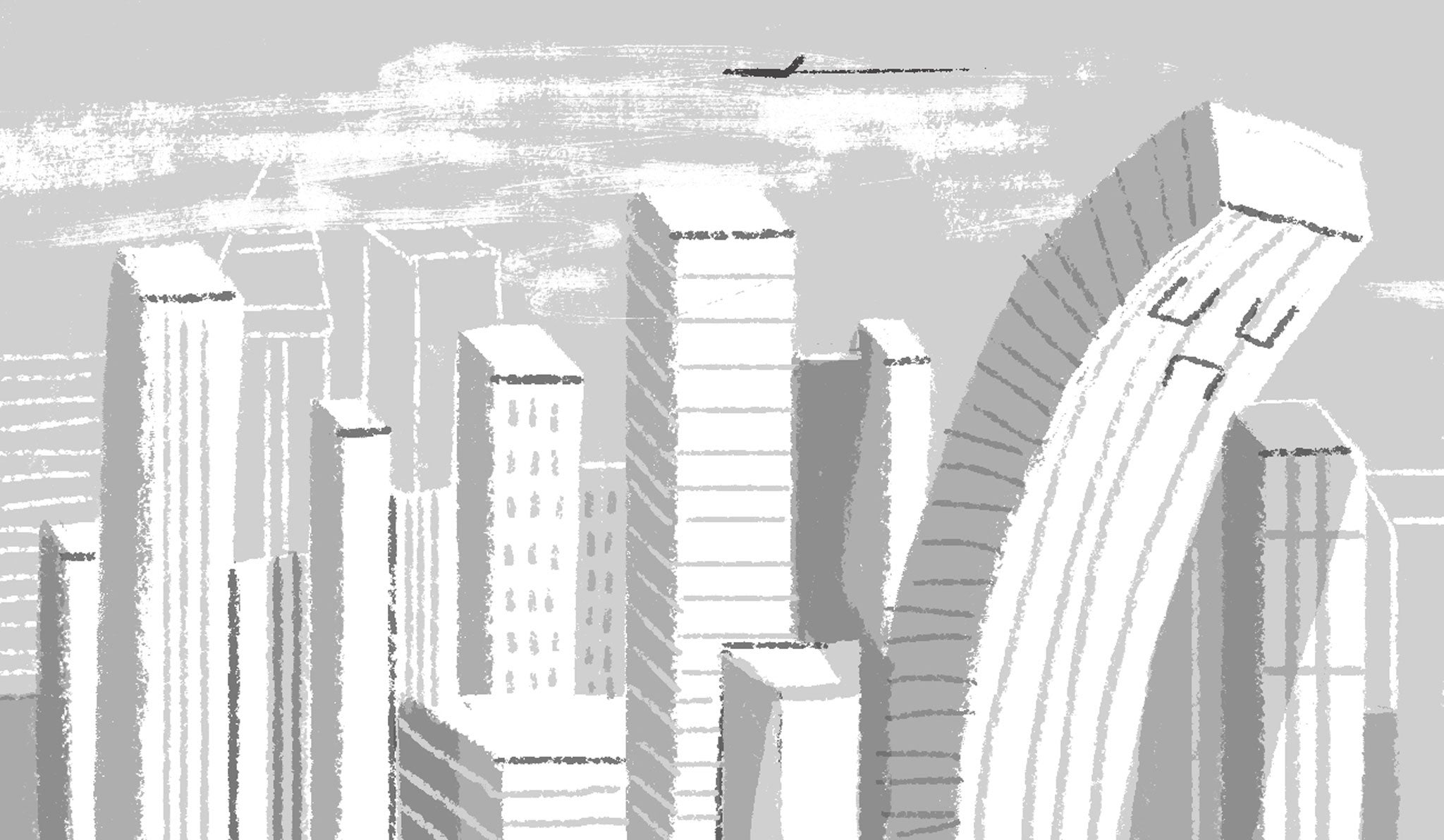
For skyscrapers, the predominant loading mechanism likely to cause failure is typically lateral loading in the form of windstorms or earthquakes, depending on the specific location. For example, in the US, buildings on the West Coast are typically controlled by seismic (earthquake) loading while the East Coast is controlled by windstorms, including hurricanes.
Structures are built to resist environmental loading events – including earthquakes, windstorms and snowstorms – that have a mean recurrence interval of 50 years. This means the design basis uses events that on average will occur once every 50 years – though of course it is possible for a 50-year storm to occur in consecutive years.
Structures are also built to ensure safety in the event that they are overloaded beyond the calculated "design event" and/or to account for mistakes in the building's design or construction . In this way, the maximum 50-year storm is amplified considerably.
Construction mistakes include both incorrect construction practices and material impurities or weaknesses [such as a weak concrete mix]. Some structures, such as hospitals, emergency-service buildings, and buildings in which very large numbers of people are expected to assemble (such as stadiums), will have additional safety factors to account for the severe impact to society that the loss of such a critical structure could have.
The combination of using a 50-year recurrence for design loading events and safety factors in construction typically results in a design exceedance interval of about 500 years, with special buildings (as mentioned above) having intervals of 1,000 years or more. This means we would expect a typical structure to fail once in every 500 to 1,000 years.
New buildings are not only designed to not fail, but are also designed so that in the event that they do fail, they will do so in a predictable and desirable (or at any rate, the least undesirable) manner. This is done to avoid sudden catastrophic failures. It is desirable that if a building is going to fail, that it fails in a ductile, non-brittle way that allows for occupants to exit before the collapse.
To visualise the difference, imagine a structure suddenly cracking, popping and entire floors falling and pancaking on top of one another – this is a brittle failure and is undesirable. Next, imagine a structure flexing and warping as the building distorts to redistribute loads, before finally giving out – in this scenario, occupants could exit the structure and move a safe distance away before collapse occurs.
Isaac Gaeetz, structural engineer
These are edited answers. For the full versions, go to quora.com, the popular online Q&A service
Join our commenting forum
Join thought-provoking conversations, follow other Independent readers and see their replies
Comments